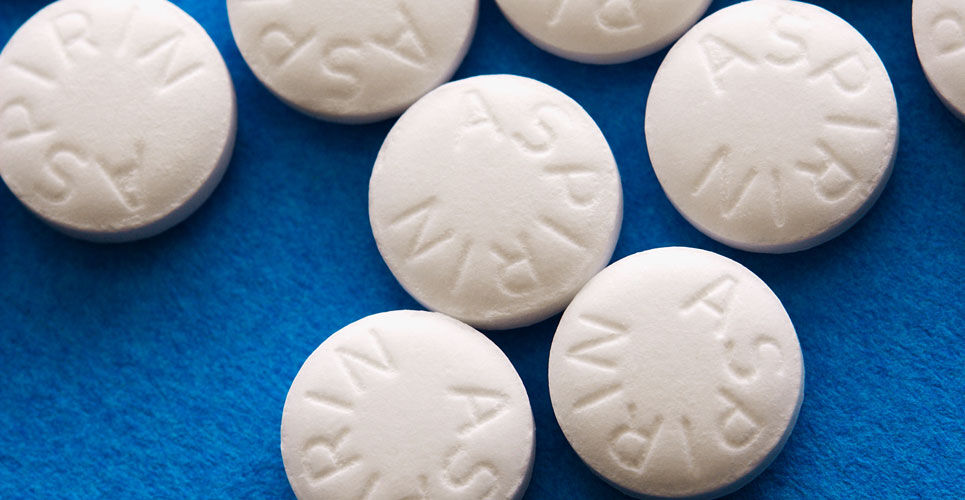The myocardial infarction benefits of aspirin use are offset by statin use in patients without atherosclerotic cardiovascular disease.
Aspirin use to prevent adverse cardiovascular outcomes such as myocardial infarction (MI) in patients without atherosclerotic disease is reduced by concomitant statin use in patients without impacting on the risk of a major bleed according to a meta-analysis by US researchers.
In 2019, US guidance suggested that aspirin should be used infrequently in the routine primary prevention of ASCVD because of lack of net benefit.
More recently, the US Preventative Services Task Force has endorsed this view especially for primary prevention in adults aged between 40 and 59 with a 10% or higher, 10-year risk of CVD.
While historically, aspirin was considered to reduce the risk of an MI, in the context of use with other strategies such as statins, one analysis concluded that the effect of aspirin on myocardial infarction risk was significantly attenuated, whereas its major bleeding and haemorrhagic stroke complications were retained.
For the current meta-analysis, researchers wanted to examine the impact on aspirin use with and without statins, specifically in those without ASCVD but at different levels of risk. The team included a range of risk levels from very low (< 5%) through to very high (> 30%). They included trials where patients were prescribed aspirin and followed for at least 12 months and the team determined the absolute risks for cardiovascular outcomes, major bleeding and mortality over 5 years.
Aspirin use with and without statins
In a total of 16 trials with 171,215 patients with a median age of 64 years (46% women), the use of aspirin alone was associated with a 15% lower risk of a myocardial infarction (risk ratio, RR = 0.85, 95% CI 0.77 – 0.95) although the drug did not reduce mortality. However, the drug lead to a higher risk of major bleeding (RR = 1.48, 95% CI 1.32 – 1.66, p < 0.001).
When considering the absolute benefits, the researched calculated that aspirin monotherapy in patients with a very low ASCVD risk, was likely to lead to 3 fewer myocardial infarctions (MIs) per 10,000 patients but 21 more major bleeds.
In contrast, when taken in conjunction with a statin, there would be only 1 less MI but 20 more major bleeds. At the other extreme of ASCVD risk (i.e., > 30%), monotherapy might lead to 49 fewer MIs (but 98 major bleeds) but in combination with a statin, there would be 37 fewer MI’s but 94 major bleeds.
The authors concluded that among adults who did not have ASCVD, statin use with aspirin, appeared to attenuate to some extent aspirin’s clinical benefit but without influencing the bleeding risk, suggesting that the risk of a major bleed from taking aspirin exceeded its benefits across all levels of ASCVD risk.
Citation
Khan SU et al. Aspirin With or Without Statin in Individuals Without Atherosclerotic Cardiovascular Disease Across Risk Categories. JACC Adv 2023.

